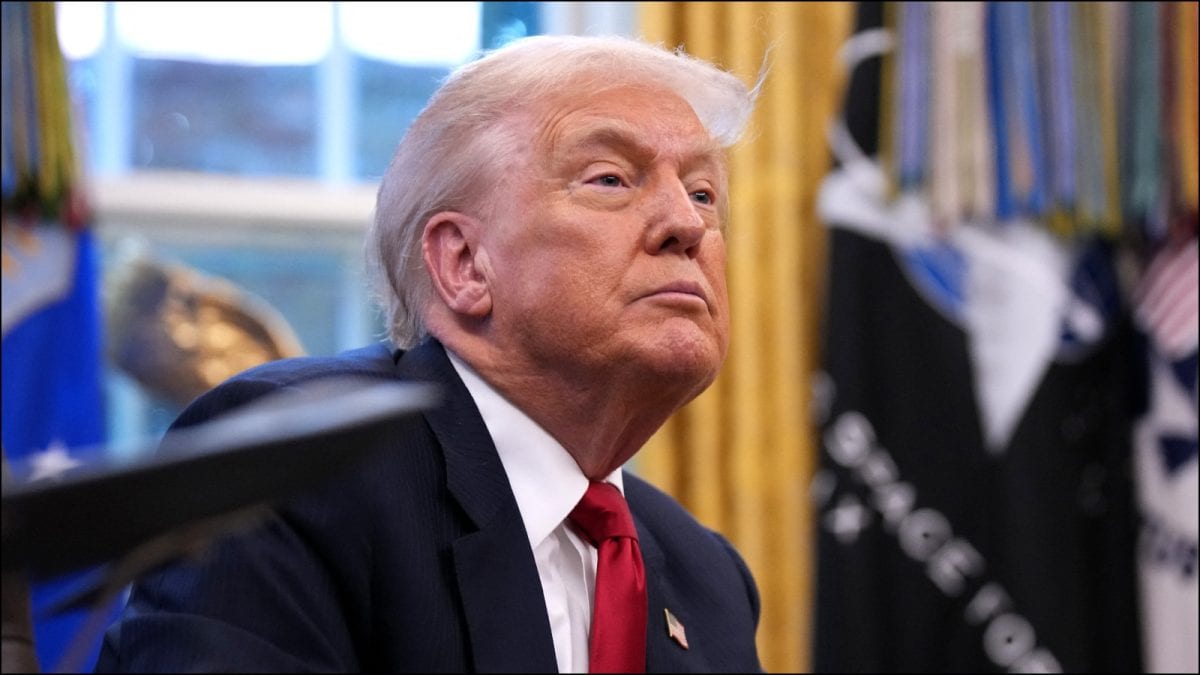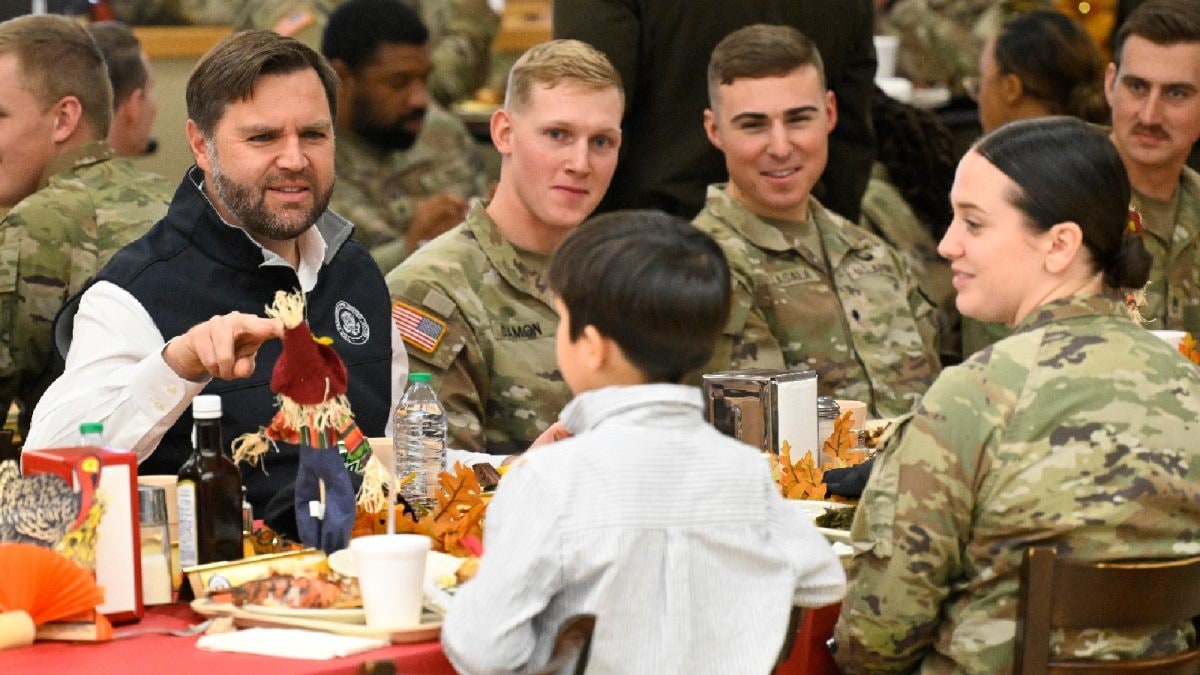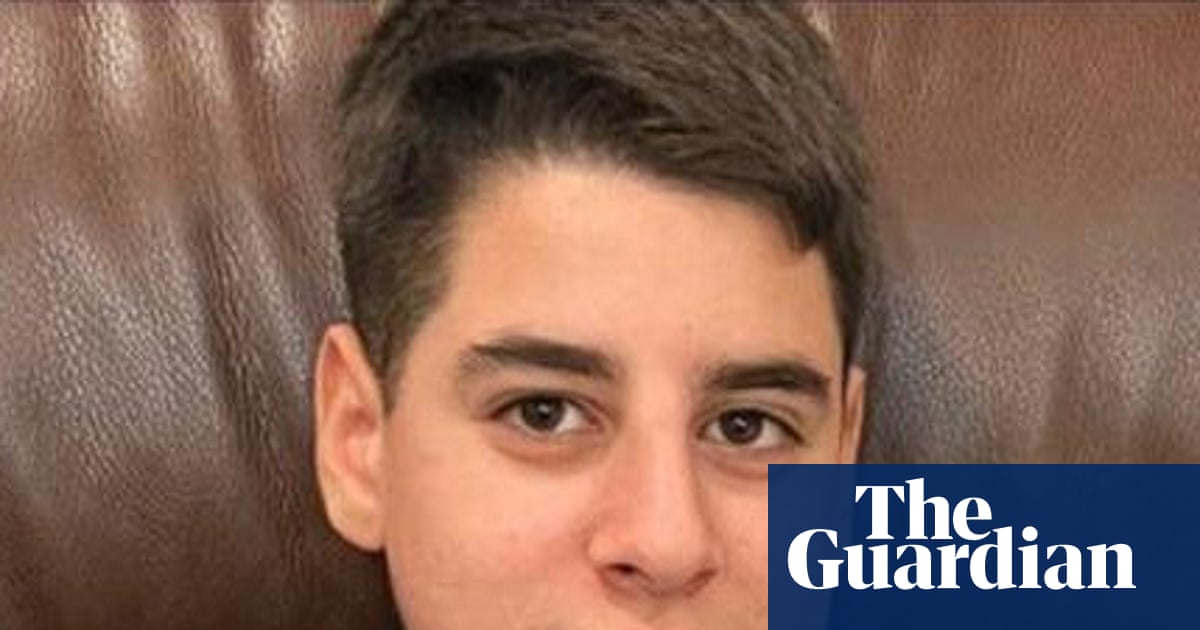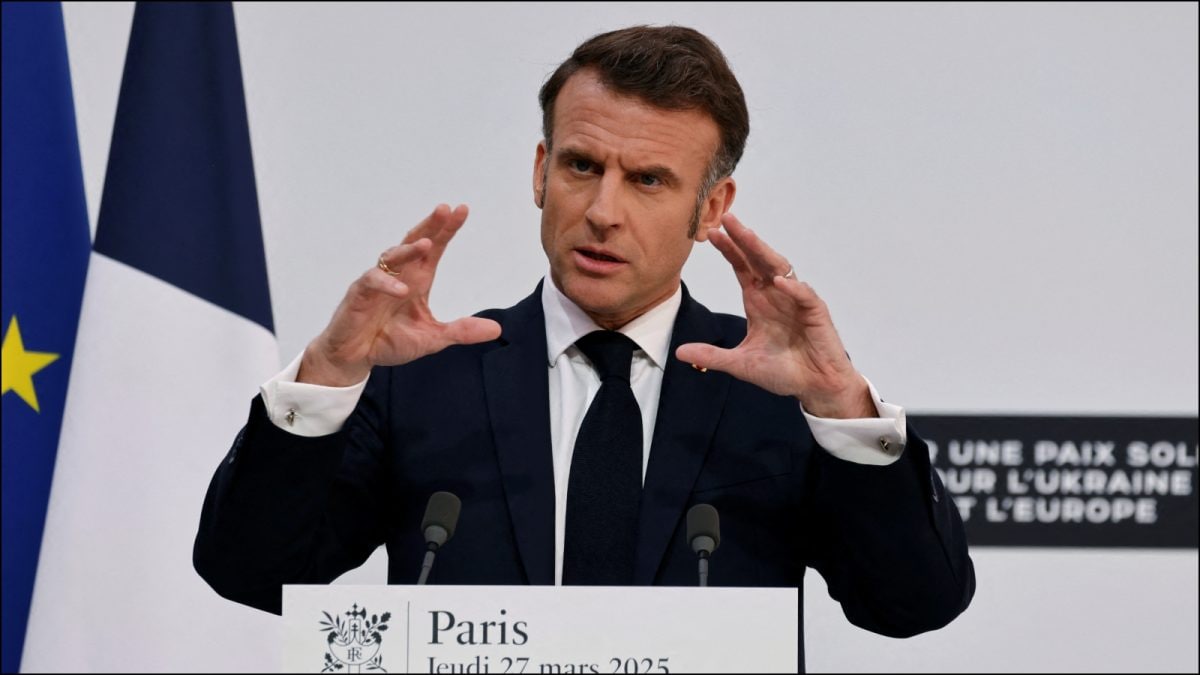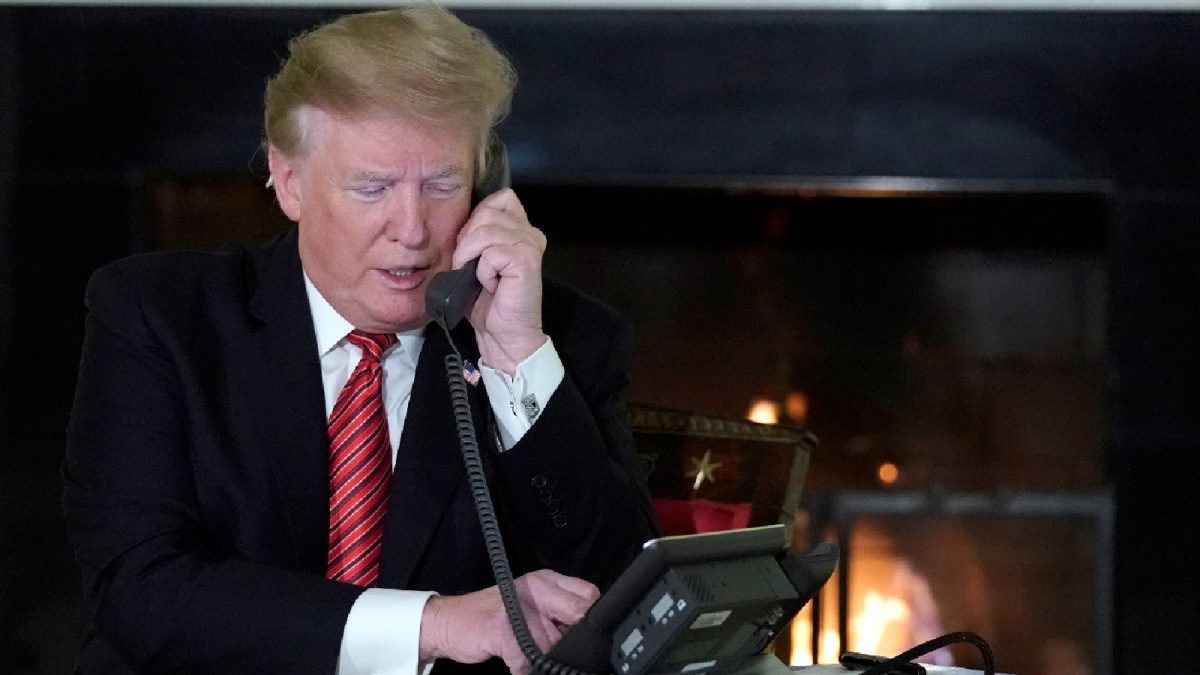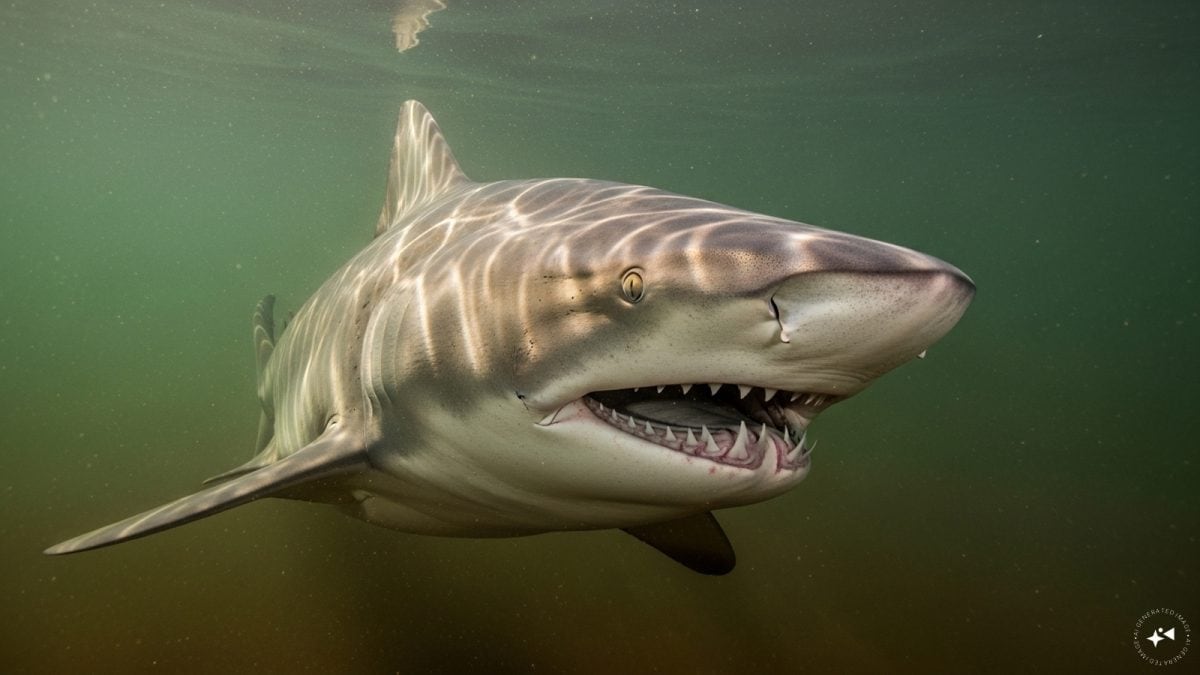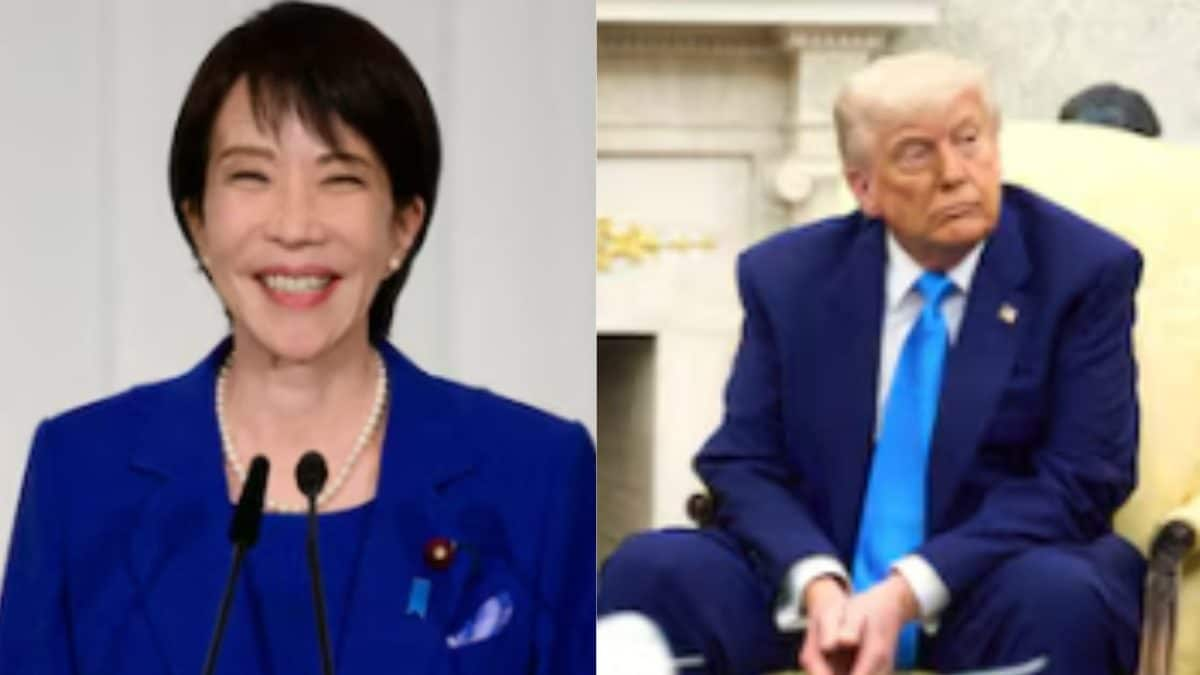Last Updated:October 02, 2025, 10:42 IST
Goodall began with one rule: say nothing, do nothing, just watch. At first, the chimpanzees fled at the sight of her. She stayed at a distance with binoculars, recording every move

Eventually, chimpanzees not only tolerated her but allowed her to sit close, share food, and even play. (Image: Google)
When Jane Goodall first set foot in the forests of Gombe, Tanzania, in 1960, she had no formal scientific degree, no big grants, and certainly no textbook on how to “talk" to chimpanzees. Yet, within a few years, she was being described as the woman who could understand the very language of our closest relatives.
Was it magic, instinct, or sheer patience? The truth lies in a blend of all three. Goodall didn’t learn a spoken tongue of chimps, because they don’t have one in the human sense. But she tuned herself to their world so completely that she could read meaning in gestures, postures, and sounds that most outsiders would miss.
The Starting Point: Silent Observation
Goodall began with one rule: say nothing, do nothing, just watch. At first, the chimpanzees fled at the sight of her. She stayed at a distance with binoculars, recording every move in painstaking detail.
Unlike earlier researchers who trapped or experimented on animals, she tried to fade into the background of the forest. Slowly, the chimps grew used to her presence. This patience was the foundation of her learning. She gave them the time to accept her as part of their environment, not an intruder.
Learning the Vocabulary of Calls
Chimpanzees use a rich range of sounds: pant-hoots, screams, grunts, barks, and whimpers. Goodall listened to how these calls shifted with context. A pant-hoot during feeding carried a different rhythm from one used to rally allies.
A scream during a fight signaled distress, but a softer whimper might come from an infant seeking comfort. By cross-checking sound with situation, she built an internal dictionary of chimpanzee vocalizations.
The Grammar of Gestures
Words weren’t the only currency of communication. Goodall noticed subtle body language—an outstretched hand meant begging or reassurance, a crouched posture signaled submission, a swagger showed dominance.
Grooming, she learned, was as much about politics as hygiene; who groomed whom revealed alliances and hierarchies. By patiently tracking these exchanges, she discovered an unspoken grammar of relationships.
Goodall didn’t just watch; she sometimes mimicked. She copied grooming gestures, even echoed certain calls in a gentle way. This wasn’t about “pretending" to be a chimp but about lowering barriers.
Her willingness to mirror their behavior earned her something rare: trust. Eventually, chimpanzees like David Greybeard not only tolerated her but allowed her to sit close, share food, and even play. These interactions gave her a front-row seat to their communication system.
Breaking Scientific Boundaries
At the time, most scientists dismissed the idea that animals had complex communication or emotions. Goodall’s methods – naming chimps instead of numbering them, describing them in almost human terms were criticized as unscientific.
But she insisted that if a chimp held out a hand to comfort another, it was compassion, not just reflex. Today, primatology accepts much of what she proposed: chimps have individual personalities, social intelligence, and emotional communication.
Goodall didn’t unlock a secret dictionary of chimpanzee “words." What she learned was far subtler: how to tune herself into a parallel system of meaning. She realized that chimp communication is multimodal – a blend of voice, movement, expression, and context.
Humans may not be able to “speak" it fluently, but we can learn to understand it the way she did: by slowing down, observing, and respecting that meaning emerges from patterns, not single words.
Why It Matters Today
Her breakthrough reshaped how humans view themselves. If a chimpanzee can grieve, laugh, show jealousy, or use tools while communicating all of this through signals, then the line between “us" and “them" is thinner than we once believed.
Goodall became not only a scientist but a bridge, showing that to listen to another species, one must first abandon the arrogance of assuming only humans have language.
Jane Goodall never claimed she spoke “chimpanzee." What she did was rarer: she listened so deeply that she became part of their conversation. By patience, empathy, and careful observation, she came closer than any human has to understanding the language of chimpanzees. It wasn’t about mastering their words, it was about learning to live in their silence, their calls, their gestures, until meaning emerged naturally.
First Published:
October 02, 2025, 10:42 IST
News world Jane Goodall: The Human Who Came Closest To Understanding Chimpanzee Language
Disclaimer: Comments reflect users’ views, not News18’s. Please keep discussions respectful and constructive. Abusive, defamatory, or illegal comments will be removed. News18 may disable any comment at its discretion. By posting, you agree to our Terms of Use and Privacy Policy.
Stay Ahead, Read Faster
Scan the QR code to download the News18 app and enjoy a seamless news experience anytime, anywhere.
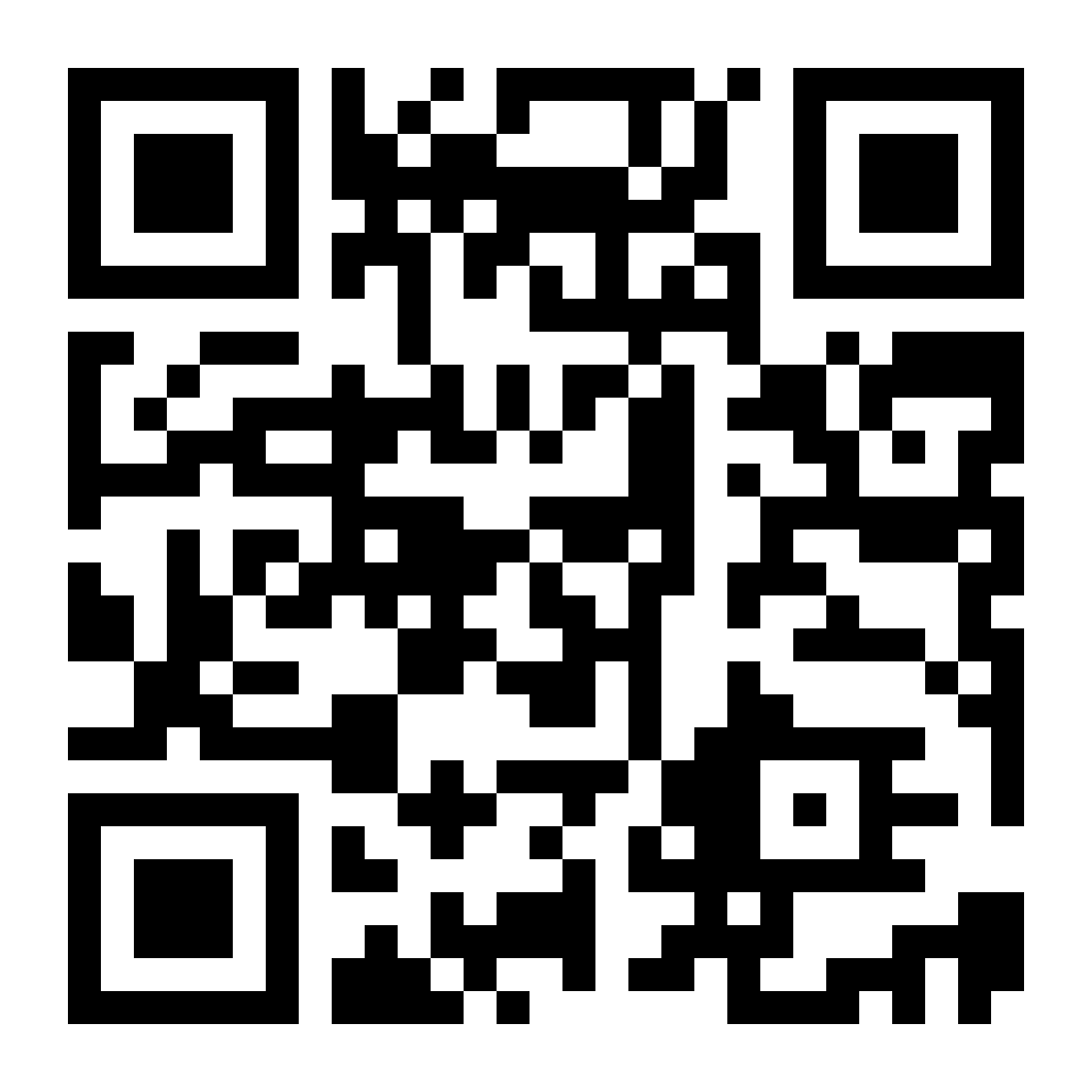

 1 month ago
1 month ago
